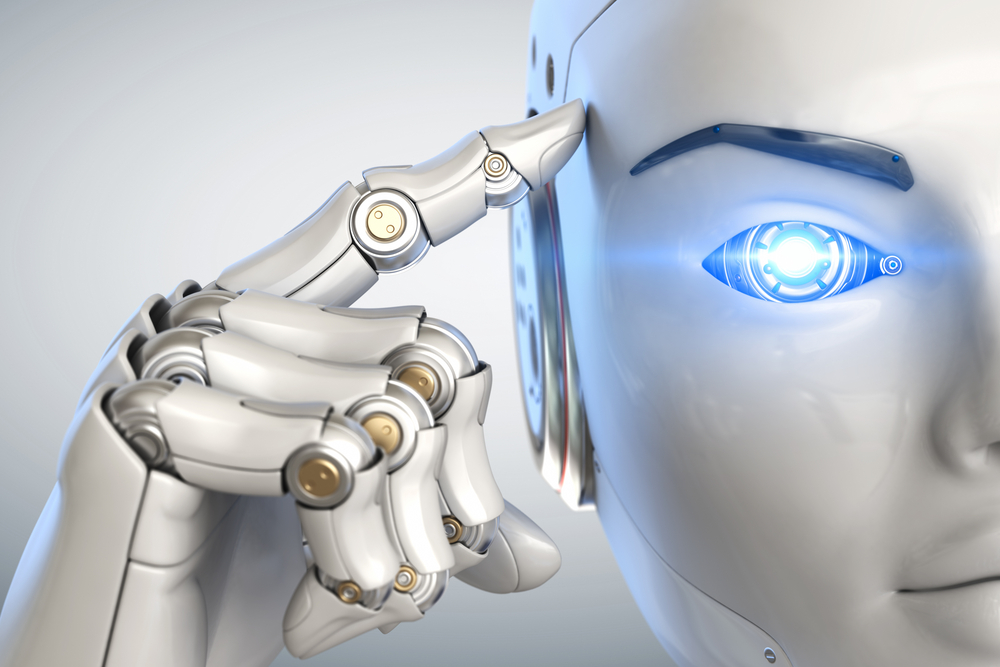Rome wasn’t built in a day, and neither were planes, trains or cars. So, why would something as complex as artificial intelligence (AI) have cropped up overnight? The answer is, it didn’t. The technology originated in the 1950s, when the term “artificial intelligence” was first used by math professor John McCarthy.
copyright by www.pymnts.com
 Even then, terms and ideas such as Bayesian networks, data mining and neural networks were already making their debut. Early artificial intelligences were built on the foundation of statistics, just as they are today. By the 1970s, the MYCIN AI program was diagnosing blood infections with better accuracy than doctors. Yet it seems AI has only really gone mainstream in recent years. Why is this? Akli Adjaoute, founder, president and CEO of artificial intelligence and machine learning technologies provider Brighterion , told Karen Webster in a recent episode of the “In Their Own Words” podcast series that the main difference between then and now is scale. Today, he said, there is much more computing power and much more data available to feed into AI systems.
Even then, terms and ideas such as Bayesian networks, data mining and neural networks were already making their debut. Early artificial intelligences were built on the foundation of statistics, just as they are today. By the 1970s, the MYCIN AI program was diagnosing blood infections with better accuracy than doctors. Yet it seems AI has only really gone mainstream in recent years. Why is this? Akli Adjaoute, founder, president and CEO of artificial intelligence and machine learning technologies provider Brighterion , told Karen Webster in a recent episode of the “In Their Own Words” podcast series that the main difference between then and now is scale. Today, he said, there is much more computing power and much more data available to feed into AI systems.
New computing power, old algorithms
Little has changed other than that, according to Adjaoute. Legacy AI and data scientists are still focused on statistics, neural networks, data mining and deep learning, just as they were almost 50 years ago. Yet those same technologies are being hawked and hyped today as if they had just been created. Adjaoute believes it is time for data scientists to just let AI do its thing — which is much more than what it has been doing, he noted, and would free up those legacy AI and data scientists to focus their efforts where they are more needed.
AI to the resuce in fraud detection
Many fraud and risk experts say AI can only do part of the job when it comes to mitigating those threats, and, after a point, humans must step in. But Adjaoute believes AI is capable of doing the whole job if we let it, and a system that can’t does not deserve to be called “AI.” “The majority of solutions you have in the market are based on [rules] written by experts,” said Adjaoute, “but they apply the same logic to everyone. They have high false-positives. To protect consumers and avoid friction while protecting them, you need technology that learns the behavior of each cardholder — with privacy protection in place, of course. Real artificial intelligence and machine learning can solve these issues.” […]
read more – copyright by www.pymnts.com


Rome wasn’t built in a day, and neither were planes, trains or cars. So, why would something as complex as artificial intelligence (AI) have cropped up overnight? The answer is, it didn’t. The technology originated in the 1950s, when the term “artificial intelligence” was first used by math professor John McCarthy.
copyright by www.pymnts.com
New computing power, old algorithms
Little has changed other than that, according to Adjaoute. Legacy AI and data scientists are still focused on statistics, neural networks, data mining and deep learning, just as they were almost 50 years ago. Yet those same technologies are being hawked and hyped today as if they had just been created. Adjaoute believes it is time for data scientists to just let AI do its thing — which is much more than what it has been doing, he noted, and would free up those legacy AI and data scientists to focus their efforts where they are more needed.
AI to the resuce in fraud detection
Many fraud and risk experts say AI can only do part of the job when it comes to mitigating those threats, and, after a point, humans must step in. But Adjaoute believes AI is capable of doing the whole job if we let it, and a system that can’t does not deserve to be called “AI.” “The majority of solutions you have in the market are based on [rules] written by experts,” said Adjaoute, “but they apply the same logic to everyone. They have high false-positives. To protect consumers and avoid friction while protecting them, you need technology that learns the behavior of each cardholder — with privacy protection in place, of course. Real artificial intelligence and machine learning can solve these issues.” […]
read more – copyright by www.pymnts.com
Share this: